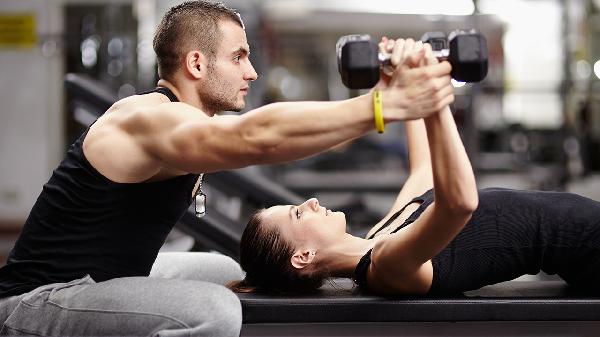skipping strength training for running is like showing up to a potluck with a bag of chips. Sure, you’re technically participating, but you’re not exactly bringing your A-game. For years, I treated strength work like an optional side dish to my running routine, convincing myself that logging miles was "enough." Spoiler alert: it wasn’t. My races were fine, but fine isn’t the same as fierce. The moment I stopped treating strength training as an afterthought and made it a non-negotiable part of my marathon prep, everything changed—my speed, endurance, and even my recovery. If you’ve been avoiding the weight room (or the living-room-turned-gym), here’s why you shouldn’t—and how to start without feeling like a fish out of water.
Why Runners Need Strength Training (Even When It Feels Like Overkill)
Running is a repetitive motion that, over time, can create muscle imbalances—strong quads but weak glutes, overdeveloped calves but shaky hips. Strength training fixes those imbalances, turning your body into a well-oiled machine instead of a one-trick pony. It also boosts running economy (translation: you use less energy to maintain pace), reduces injury risk by reinforcing tendons and ligaments, and builds power for those brutal hill repeats or final kicks. Think of it as armor for your joints and a turbo button for your stride. And no, you won’t bulk up like a bodybuilder—unless you’re eating and lifting like one, which most runners definitely aren’t.
The "No Time, No Equipment" Excuse—Debunked
I used to claim I didn’t have time for strength work, but let’s be honest: scrolling Instagram reels for 20 minutes doesn’t count as "too busy." Effective strength sessions for runners can be as short as 15–20 minutes, twice a week, and require zero fancy equipment. Bodyweight exercises like lunges, single-leg deadlifts, and planks are gold. Resistance bands? Cheap, portable, and brutal. Even a single set of heavy-ish dumbbells (or gallon water jugs in a pinch) can transform your living room into a gym. The key is consistency, not complexity.
The Runner’s Strength Blueprint: Keep It Simple
Forget bodybuilding splits or CrossFit WODs—runner-specific strength training focuses on three pillars: single-leg stability (because running is basically a series of one-legged hops), posterior chain power (glutes and hamstrings, the engines behind your stride), and core endurance (to keep you upright when fatigue hits). A sample mini-session: 3 rounds of 10 single-leg squats per side, 10 Romanian deadlifts (use a backpack filled with books if you lack weights), and a 30-second side plank per side. Done twice weekly, this alone will make hills feel less like punishment and more like a flex.
How to Not Hate Every Second of It
Strength training can feel awkward at first, especially if you’re used to the rhythm of running. Here’s the hack: pair it with something you enjoy. Do bodyweight exercises during your favorite podcast or crank up a playlist that makes you want to fist-pump. Start light—ego-lifting leads to injury—and focus on form. And if you’re sore post-workout (hello, DOMS), know that it’s temporary; active recovery like walking or yoga speeds up the adaptation process. Within a few weeks, you’ll notice running feels easier, and that’s motivation no motivational quote can replicate.
The Proof Is in the PR
After six weeks of consistent strength work, I ran a 5K time trial and shaved 90 seconds off my previous best—without adding extra running miles. My form felt controlled, my legs didn’t turn to jelly on inclines, and I negative-split the last mile like it was nothing. That’s the magic of strength training: it unlocks potential you didn’t know was there. Whether you’re chasing a marathon BQ or just want to finish your next 10K without hobbling, strength work isn’t optional. It’s the secret sauce. And hey, if I—a former strength-training skeptic—can convert, so can you. Now go lift something heavy (or moderately heavy, we’re easing into this) and thank yourself later.
So next time you lace up for a run, remember: those miles will feel a whole lot lighter if you’ve put in the work to make your body stronger. No more half-baked training. No more "good enough." Just you, a smarter routine, and the glorious, strength-fueled runs ahead.
























